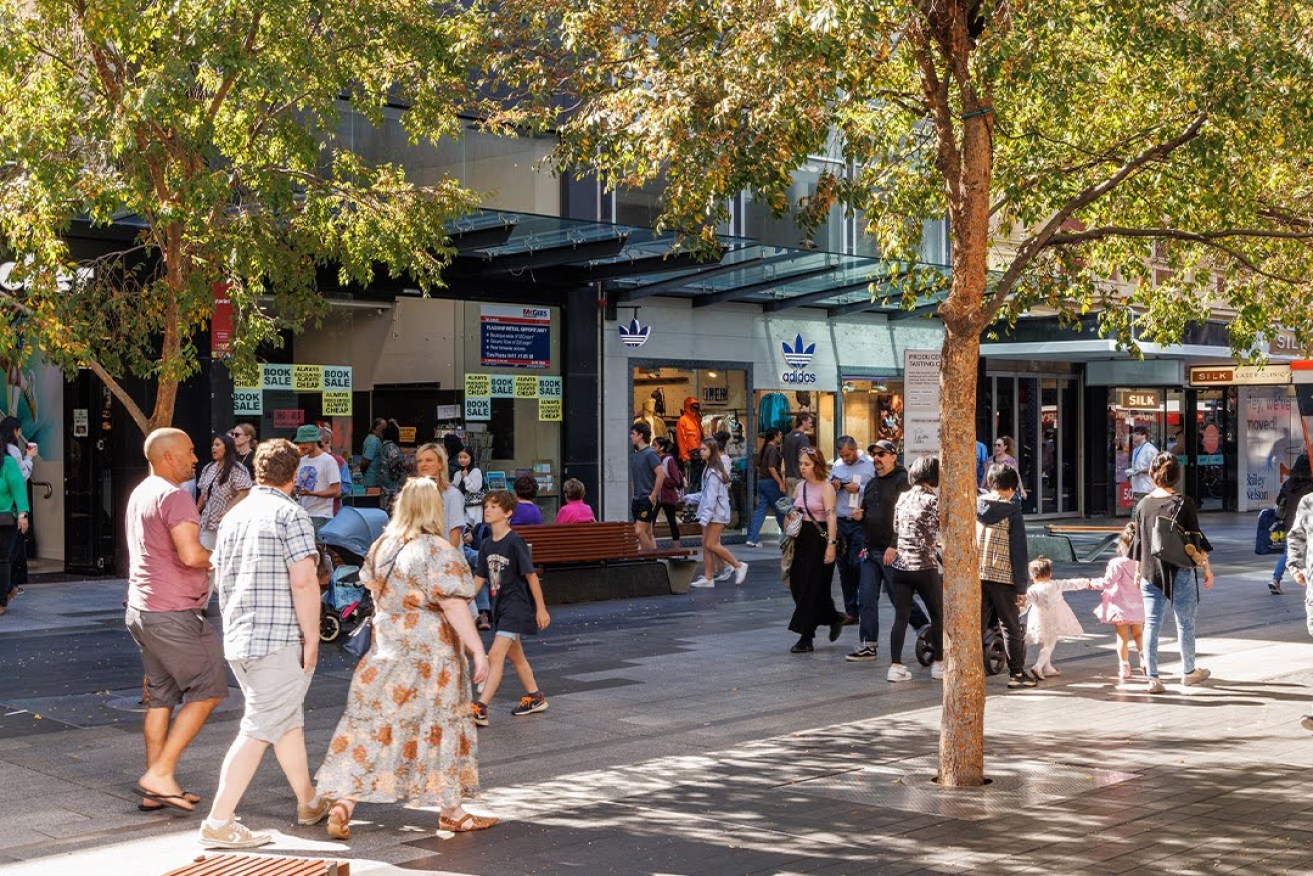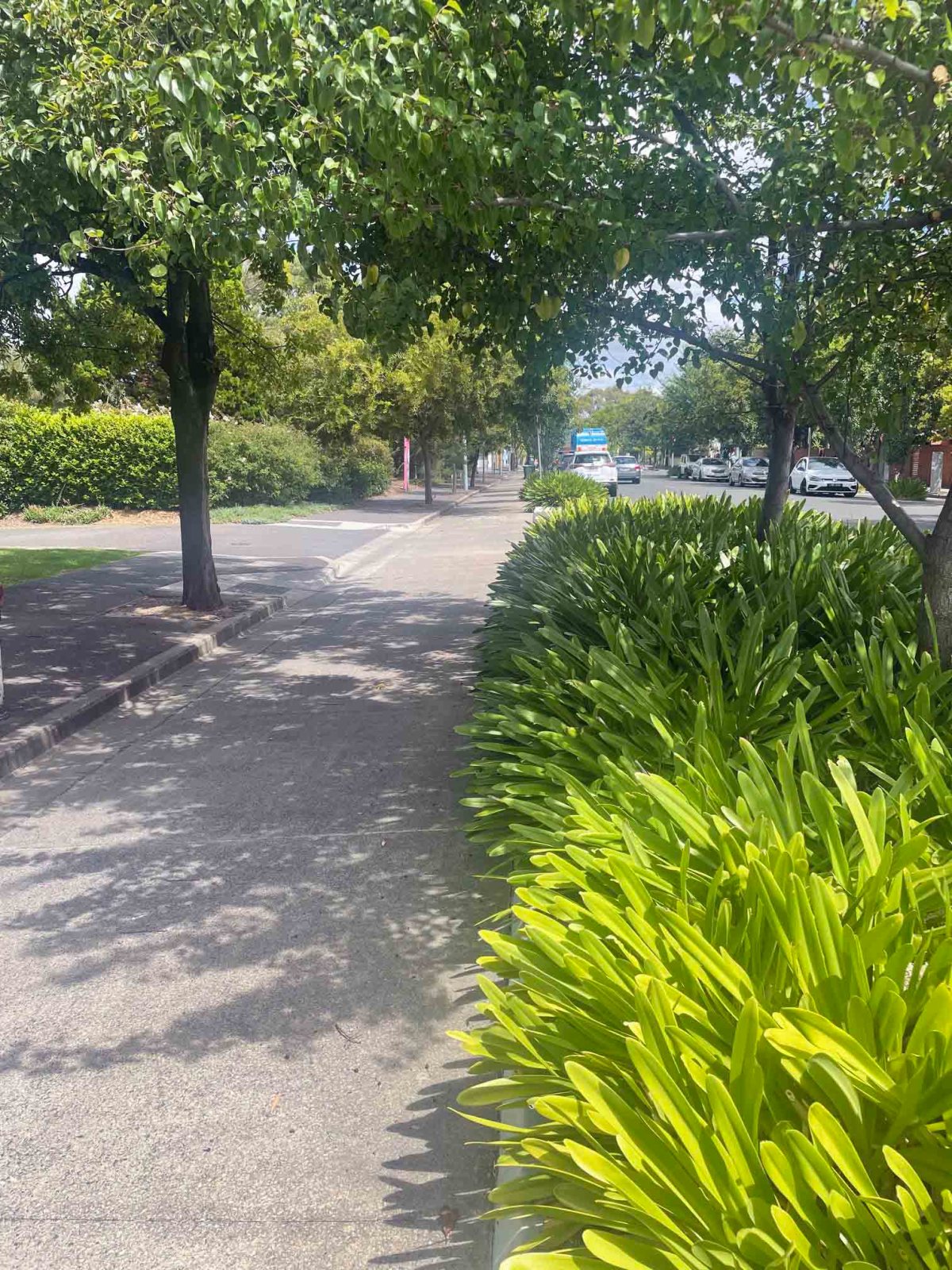For better or worse? Adelaide projects that defied the hate
Making Adelaide a better place sometimes needs steadfast leadership in the face of popular criticism. This column revisits two controversial urban projects that attracted plenty of scorn, but have made the city a better place.


Photo: Liam Jenkins/InDaily
A decade ago, everyone was talking about the revamp of Rundle Mall and little of it was positive.
A heat sink, too expensive, and, as Sunday Mail columnist Peter Goers put it in his colourful fashion, the most user-unfriendly public space in Australia and possibly the world!
And this was before it was even half complete.
Work began in 2013 on the biggest revamp of the Mall since it opened in 1976, at a cost of $30 million which seemed enormous a decade ago, but not so much now.
It was a huge change with the communications process made more difficult by the fact that much of the upgrade was happening beneath the surface.
Large trees were removed – some were wreaking havoc on the antiquated services beneath – causing much consternation.
Rundle Mall authority chair Theo Maras promised the new Chinese Elms would grow quickly – and they did. There are, in fact, twice as many trees as there were before the redevelopment.
Today, the Mall project stacks up very well given the passing of time. It doesn’t look dated at all.
The largely unseen work to fix the road grade – which was unchanged since it was closed to cars nearly 50 years ago – makes for a safer, easier passageway for people using mobility aids. There’s proper drainage now, accessible below-ground services, and the pop-up shops, selling flowers and French food, for example, are attractive compared to the previous hodge-podge.
Beyond that, the design just works. The replacement of the previous ugly black lightpoles and realignment of public art has created a sense of flow that wasn’t there before, with open areas transitioning to shaded seating at regular intervals.
There has been some reasonable criticism of the thick granite pavers – whether they’re too slippery or too hot. They’re not a perfect solution, but you can’t argue with the quality – 80mm thick stone on a concrete base, compared to the old 40mm pavers laid on a soft base, which meant the surface was often uneven.
In the big picture, though, it’s hard to argue that the work hasn’t been an enduring success.
Architect and former Integrated Design Commissioner Tim Horton described the design like this:
“It’s been stitched together with care. It speaks to me like a finely tailored suit, the way it’s come together,” he says.
“What’s important about the Mall is the people and activity in it.
“It’s bringing the humanity back to what has become a commodity.”
Another part of the city where there’s much more humanity, particularly of the fit and healthy variety, is Frome Street, which is now a much more beautiful street than it was a decade ago.
Wandering the southern end of the city street, you’d be surprised that beneath all that greenery – the shrubs, flowers and trees – lies what former city councillors Anne Moran and Alex Antic once described as “tank traps”.
This was a reference to the first design of the Frome Street bikeway – simple concrete kerbing to separate the bike lanes from the traffic.
And didn’t people lose their minds over it?
People were warning it was destroying the value of property, government ministers were declaring it was “hostile to cars”, and the council itself – after members declared the project a “massive failure”, without any evidence for that claim – tore up most of the cycleway to put in a much more expensive treatment.
The new work looks great but isn’t something that can be replicated because it’s cost-prohibitive.
It’s therefore unsurprising that what should be simple – sectioning off part of the road for bikes – has become a saga of stasis. Nothing more has happened.
Meanwhile, the alleged brutalism of the old, supposedly “failed”, tank trap design, which was left untouched at the southern end of the bikeway, now looks rather lovely. Hundreds of people cycle along the path every day, pleased with a few minutes of respite from dicing with traffic, but no doubt frustrated that it’s such a brief solace. Today, I can’t imagine many streets in the city that wouldn’t be improved by the tank trap design.

Tank trap or leafy improvement? The bike lane on the southern part of Frome Street. Photo: David Washington/InDaily
The point of these two flashes of the past is that getting something done took some risk and a lot of leadership.
The formidable Theo Maras fought back against the naysayers but, more importantly, he had the nous and the vision to secure the original spending commitment on an idea that wasn’t populist, flashy or talkback friendly.
I would suggest the redevelopment will save ratepayers money into the future, because it’s a robust, properly done solution that has stood the test of time – not a half-arsed approach that was favoured by some on the council.
On the Frome Street saga, Lord Mayor Stephen Yarwood looks good in retrospect – if only because he was one of the few recent civic leaders in Adelaide who oversaw some transformation and was prepared to back it whole-heartedly before a subsequent council lost its nerve, costing it money, momentum and reputation.
This is not to say there won’t be failures of design and people are right to watch closely when public money is being spent.
However, in our risk-averse modern world, where even whispered criticism can be amplified to a screaming tumult, calm and steadfast leadership can go a long way.
Notes on Adelaide is a weekly column reflecting on the city, its strengths and its foibles. You can read more Notes on Adelaide in SALIFE’s print editions.




